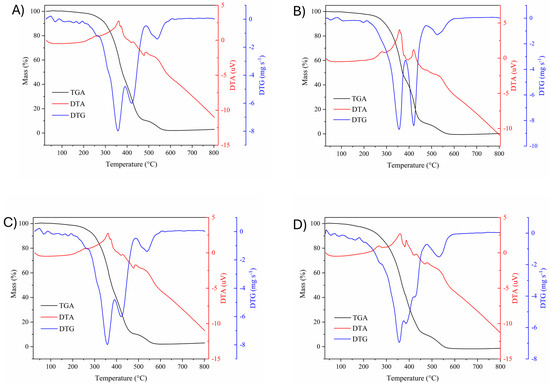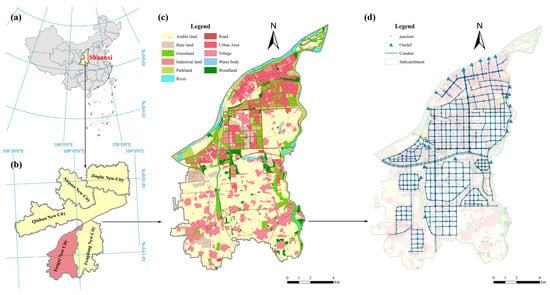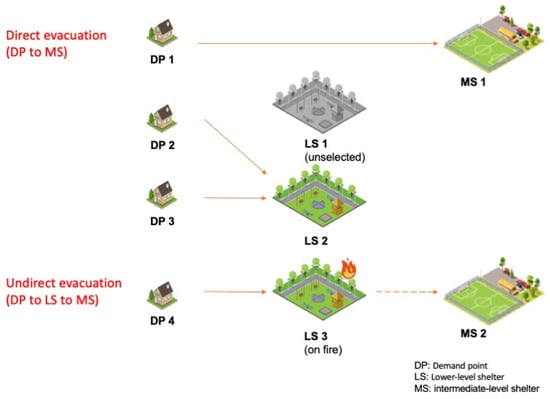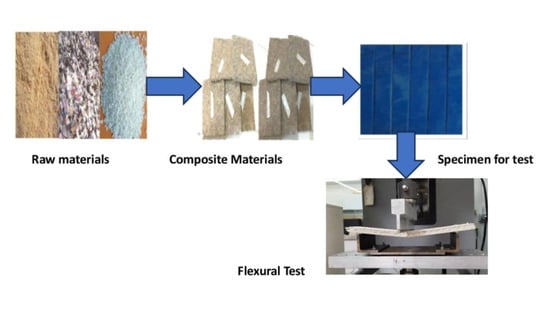Objectives: To slow down the chemical fixation of phosphate fertilizer, reduce the risk of active phosphorus leaching, stimulate the inherent phosphorus resource activity of soil, and improve phosphorus supply capacity. Methods: This study utilized a combination of field experiments and indoor chemical analysis.
[...] Read more.
Objectives: To slow down the chemical fixation of phosphate fertilizer, reduce the risk of active phosphorus leaching, stimulate the inherent phosphorus resource activity of soil, and improve phosphorus supply capacity. Methods: This study utilized a combination of field experiments and indoor chemical analysis. Six types of exogenous organic matter (fulvic acid, biochar, compound microbial fertilizer, high-energy microbial inoculum, pig manure-vermicompost, cow manure-vermicompost) were added based on conventional fertilization. The experiment was conducted under the wheat-maize rotation system in the Huang-Huai-Hai region. Results: Compared with control (CK) without exogenous organic matter (EOM), all the other treatments with EOM had an enhancing effect on the available phosphorus of the cultivated soil. During the maize harvest, the combined application of biochar, pig manure-vermicompost and cow manure-vermicompost treatment significantly increased the content of available phosphorus in 0–20 cm soil by 45.87–56.59% compared with CK. The combined application of fulvic acid, biochar, pig manure-vermicompost and cow manure-vermicompost treatment significantly increased the content of Ca
2-P in 0–20 cm soil by 34.04–65.14%. The content of Ca
10-P in each treatment with EOM exhibited a lower level compared to CK. EOM could slow down the fixation of phosphorus to some degree. Correlation analysis revealed significant associations between Ca
2-P, Ca
8-P, Al-P, Fe-P, neutral phosphatase activity, acid phosphatase activity, and the available phosphorus content in the soil. The combined application of fulvic acid, biochar, and cow manure-vermicompost could enhance the activity of neutral and acid phosphatase in topsoil to a certain extent, thereby facilitating the conversion of phosphorus into highly available Ca
2-P. EOM could enhance the soil phosphorus availability and decelerate the conversion of soil phosphorus into O-P and Ca
10-P forms with low availability. Among all treatments, biochar exhibited the most pronounced efficiency in mitigating phosphorus leaching downward. Conclusions: All the EOMs had the potential to enhance the conversion of phosphorus into soluble phosphorus (Ca
2-P), thereby mitigating the chemical fixation of soil phosphorus and ameliorating non-point source pollution caused by phosphorus. EOM enhanced the activity of neutral and acid phosphatase, which was beneficial to the conversion of organic phosphorus to inorganic phosphorus and increasing the content of available phosphorus. All EOMs had good effects on the retention of soil effective phosphorus, among which biochar had the best effect on retaining effective phosphorus in the tillage layer and blocking phosphorus leaching downward.
Full article
 IJMS
IMPACT
IJMS
IMPACT Applied Sciences
IMPACT
Applied Sciences
IMPACT Sustainability
IMPACT
Sustainability
IMPACT Sensors
IMPACT
Sensors
IMPACT JCM
IMPACT
JCM
IMPACT Materials
IMPACT
Materials
IMPACT Molecules
IMPACT
Molecules
IMPACT Energies
IMPACT
Energies
IMPACT Electronics
IMPACT
Electronics
IMPACT Remote Sensing
IMPACT
Remote Sensing
IMPACT Cancers
IMPACT
Cancers
IMPACT Nutrients
IMPACT
Nutrients
IMPACT Mathematics
IMPACT
Mathematics
IMPACT Foods
IMPACT
Foods
IMPACT Buildings
IMPACT
Buildings
IMPACT Polymers
IMPACT
Polymers
IMPACT Animals
IMPACT
Animals
IMPACT Water
IMPACT
Water
IMPACT Plants
IMPACT
Plants
IMPACT Agronomy
IMPACT
Agronomy
IMPACT Biomedicines
IMPACT
Biomedicines
IMPACT Processes
IMPACT
Processes
IMPACT Microorganisms
IMPACT
Microorganisms
IMPACT Diagnostics
IMPACT
Diagnostics
IMPACT Nanomaterials
IMPACT
Nanomaterials
IMPACT Viruses
IMPACT
Viruses
IMPACT Medicina
IMPACT
Medicina
IMPACT Healthcare
IMPACT
Healthcare
IMPACT Cells
IMPACT
Cells
IMPACT Forests
IMPACT
Forests
IMPACT Agriculture
IMPACT
Agriculture
IMPACT Land
IMPACT
Land
IMPACT JMSE
IMPACT
JMSE
IMPACT IJERPH
IJERPH
 Symmetry
IMPACT
Symmetry
IMPACT Genes
IMPACT
Genes
IMPACT Pharmaceutics
IMPACT
Pharmaceutics
IMPACT Coatings
IMPACT
Coatings
IMPACT Micromachines
IMPACT
Micromachines
IMPACT Pharmaceuticals
IMPACT
Pharmaceuticals
IMPACT Atmosphere
IMPACT
Atmosphere
IMPACT Children
IMPACT
Children
IMPACT Religions
IMPACT
Religions
IMPACT Antioxidants
IMPACT
Antioxidants
IMPACT Life
IMPACT
Life
IMPACT Metals
IMPACT
Metals
IMPACT Biomolecules
IMPACT
Biomolecules
IMPACT Vaccines
IMPACT
Vaccines
IMPACT Education Sciences
IMPACT
Education Sciences
IMPACT Minerals
IMPACT
Minerals
IMPACT Horticulturae
IMPACT
Horticulturae
IMPACT Brain Sciences
IMPACT
Brain Sciences
IMPACT JPM
IMPACT
JPM
IMPACT Bioengineering
IMPACT
Bioengineering
IMPACT




























